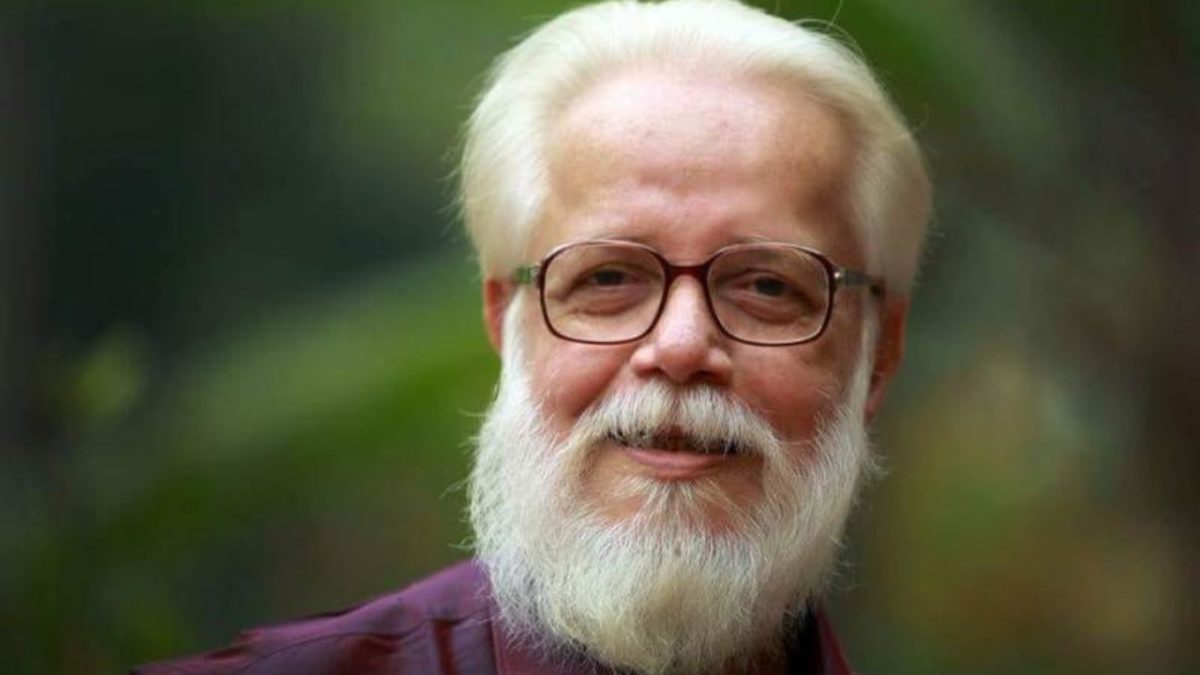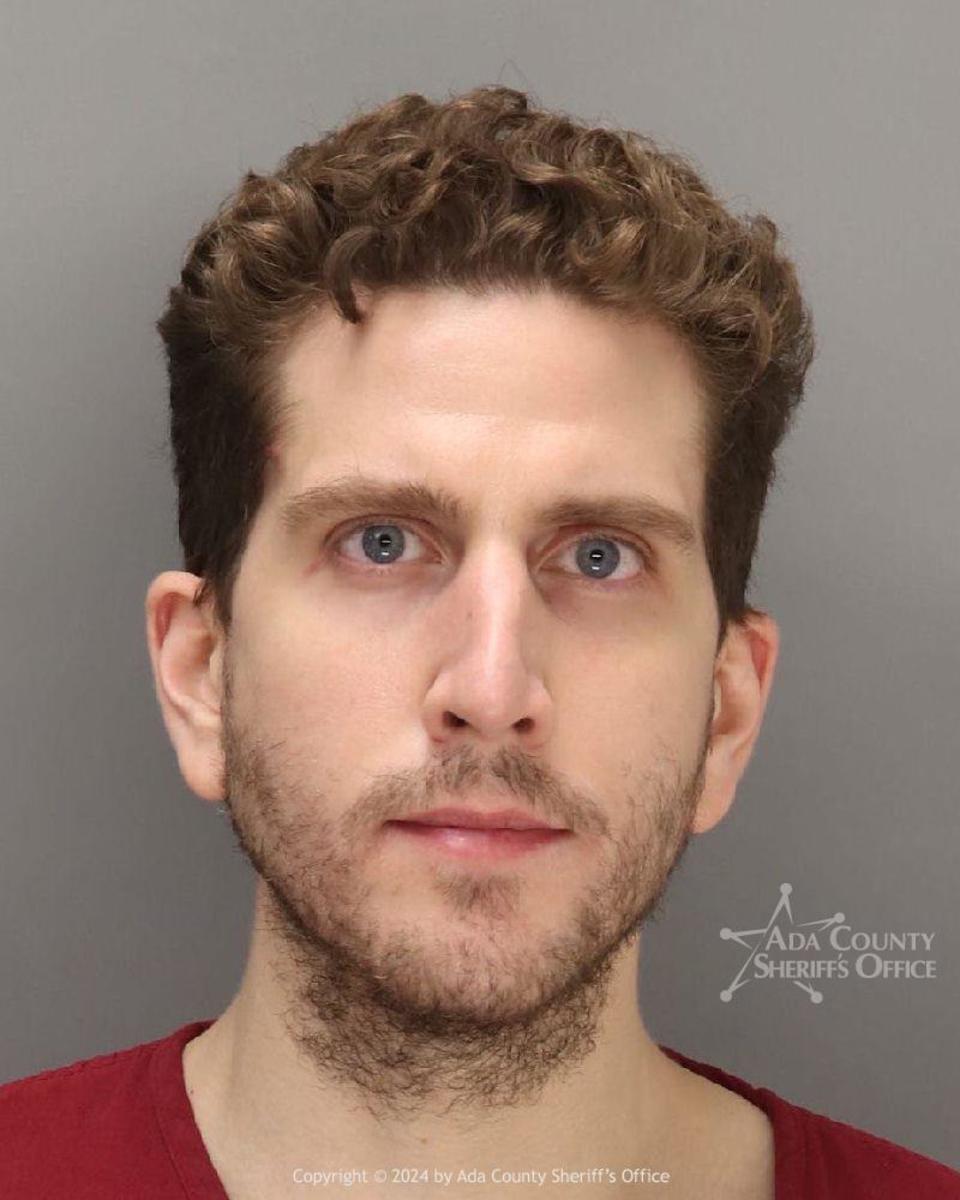How the Most Famous Mobsters Met Their Demise
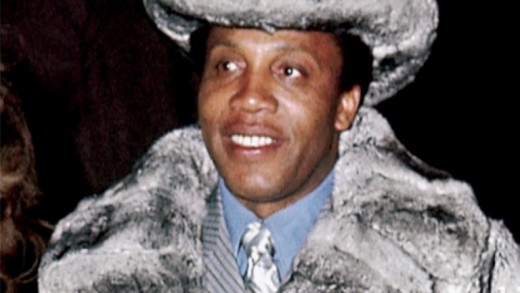
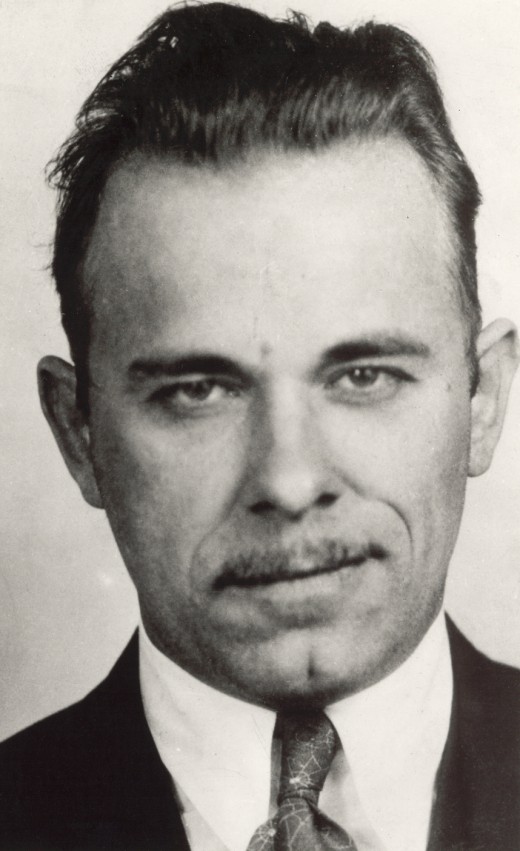
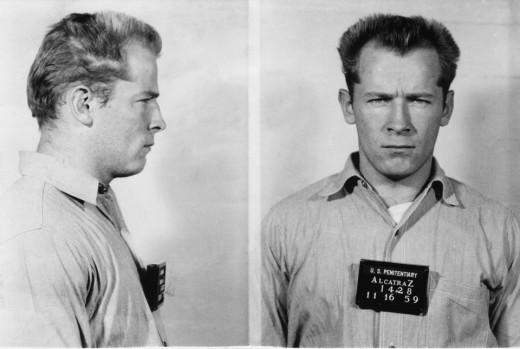
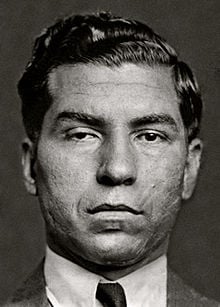
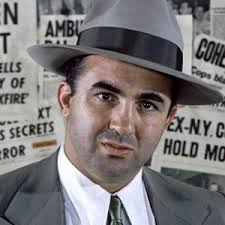
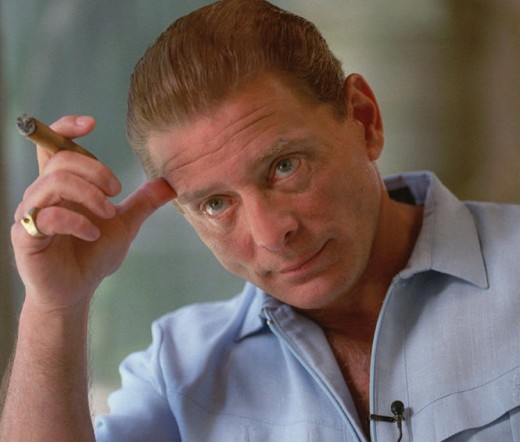
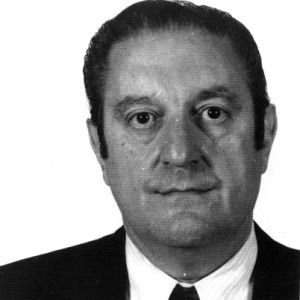
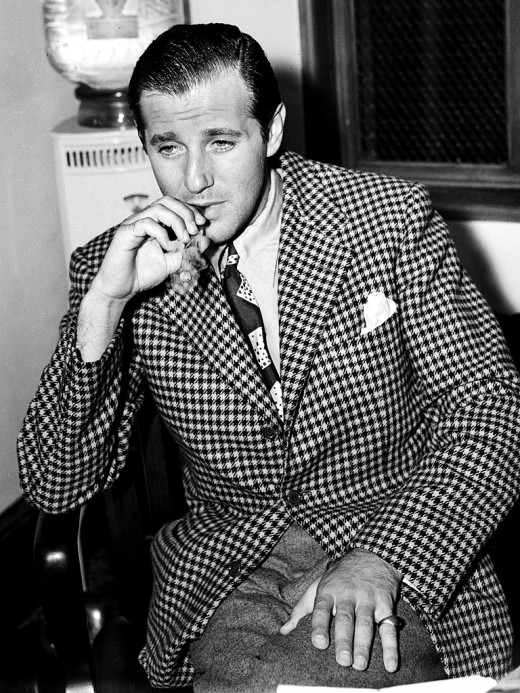
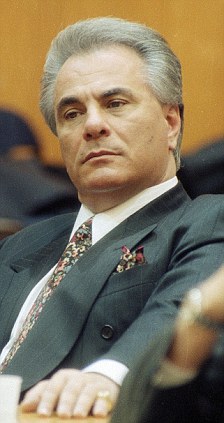
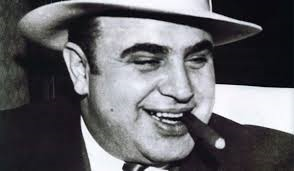
How Mobsters Met Lost Their Empires
If you know anything about the mafia at all, you understand why mobsters can spend so many years being such heinous criminals without being arrested and put in jail. Mobsters use several different tactics to stay out of trouble with the law all the while committing horrible crimes. Some of the most common ways mobsters keep their freedom are:
-
Paying the police to turn a blind eye
-
Using fear tactics to prevent possible witnesses from testifying
-
Becoming an informant to the government in exchange for immunity
These tactics are one of the biggest reasons mobsters are able to stay free and build their empires to be worth millions and millions of dollars. John Gotti, a famous New York mobster, earned the name Teflon Don because of his reputation for being untouchable. The most successful mobsters are the same way for the majority of their criminal lives. Fortunately, they don't always get away scot free.
Here are the various ways some of the most famous mobsters in history were eventually captured and/or met their demise:
10. Frank Lucas (1930 - Present)
The height of Lucas' empire was during the Vietnam war when his drug sales thrived because of American troops returning home addicted to heroin. At the height of his empire, Lucas' was pulling in over $1,000,000 a day.
In 1975, Lucas' house was raided by over 20 Federal DEA agents and New York City Police Department officers. Authorities found almost $600,000 in cash and Lucas was eventually sentenced to 70 years in prison.
9.John Dillinger (1903 - 1934)
One of the most notorious bank robbers of all time, John Dillinger had spent most of his life in trouble and in and out of prison. However, once Dillinger began his high stakes spree of bank robberies in 1933, authorities began to have trouble bringing him in. He was able to run from the law for two years.
Dillinger was finally killed by authorites outside of a theatre in Chicago in July of 1934. 20 agents had planned to arrest Dillinger as he exited the theatre, but when he tried to make a run for it, they took deadly action.
8. James “Whitey” Bulger (1929 - Present)
James Bulger was an irish mobster from Boston. Bulger's crimes include drug dealing and loan sharking. Bulger spent many years being a secret FBI informant in order to have immunity from his crimes. In 1994, Bulger was brought up on gambling charges. However, he went into hiding and was not seen again for 17 years.
In 2011, Bulger was found and arrested in California. He was eventually convicted of his crimes and sentenced to 2 life sentences plus 5 years in prison.
7. Charles “Lucky” Luciano (1897 - 1962)
Lucky Luciano began his criminial career by bootlegging alcohol during the prohibition era of the 1920s. He remained a crimninal into the mid-1930s as he became the head of the 5 New York crime families.
Luciano was finally brought up on charges in 1936. He was convicted of extortion and prostitution charges and sentenced to 30 to 50 years in jail.
6. Mickey Cohen (1913 – 1976)
Previously having been a professional boxer, Mickey Cohen got his start in the mob in the 1940s as the muscle under the legendary Al Capone. He would eventually take over as the head of the family when Capone was arrested on tax evasion charges.
Cohen himself was able to avoid punishment in large part because of his connections. The only charges that ever stuck to Cohen were two separate events of tax evasion. He was sentenced to 15 years in prison and died a free man in 1976.
5. Sammy “The Bull” Gravano (1945 - Present)
Sammy Gravano was a New York crime boss who worked under John Gotti. Gravano is most well known as being a rat. Despite admitting to 19 murders, he never faced any jail time because of the testimony he gave that helped 36 fellow mafia members in prison.
In 2000, despite having escaped his previous life of crime without punishment, Gravano was arrested because he was again involved in mafia activity. He was running an ecstasy ring. In 2002, he would begin his new 20 year prison sentence.
4. Paul Castellano (1915 - 1985)
Paul Castellano became the head of the Gambino crime family in late 1976. He was involved in crimes such as construction bid rigging and political corruption. Castellano would be successful staying out of the eye of law enforcement by keeping as quiet and secret as possible for the next nine years.
In 1985, Castellano's house was bugged and there were 600 hours of evidence against him recorded. Before he would face the rest of his life in prison, Castellano was gunned down under the direction of his rival, John Gotti.
3. Bugsy Siegel (1906 - 1947)
Bugsy Siegel was a Brooklyn mobster who came up under Charles “Lucky” Luciano. He would eventually move to the west coast upon the request of his boss, Lucky Luciano. He was to bring his bootlegging and gambling rackets with him and take control of the west coast. At the height of his reign, Siegel was living in Las Vegas when he recruited Mickey Cohen to be his second in command. Siegel would eventually be involved in running a illegal drug ring and a major prostitution ring.
Before Siegel ever faced any charges for his crimes, he was killed in Las Vegas in 1947. It is highly suspected that he was killed under the orders of his fellow mobsters for lack of responsible finances.
2. John Gotti (1940 - 2002)
John Gotti became head of the Gambino crime family in New York after the previous leader, Paul Castellano, was murdered under Gotti's orders. When he was brought up on charges in 1986, he was acquitted and it was later discovered that the jury foreman fixed the verdict. It was partially because of this event that Gotti became known as the “Teflon Don” because charges never stuck to him. Before finally being arrested in 1992, Gotti was responsible for over $500 million in revenue from illegal gambling, drug dealing, and extortion.
Following his arrest, he was finally convicted because his successor as head of the Gambino crime family, Sammy “The Bull” Gravano testified against him in exchange for immunity. Gotti remained in prison until he died from cancer in 2002.
1. Al Capone (1899 - 1947)
Al Capone is arguably the most famous mobster of all time. Capone got his start in the mob in Chicago around 1920. By the time Capone reached the height of his reign as mob boss in the late 1920s, he had gained a reputation as a ruthless individual. His henchmen were responsible for the St Valentine's Day Massacre, one of the bloodiest days in mafia history. The Buerao of Investigation didn't have enough jurisdiction during that period to charge Capone with anything. He was convicted of minor offenses such as contempt of court, but never served over a year of prison time until 1931.
In 1931, after some period of building a case against Capone for tax evasion, authorities arrested him for the final time. He was sentenced to 11 years in federal prison and served just under 8 years. Upon his release, he never returned to the mafia life because his physical and mental health had deteriorated so badly while in prison.
As you can see, many of the most famous mobsters of all time only met their demise either for tax evasion or simply because one of their fellow mobsters ratted them out. Government authorities during the golden age of the mafia simply didn't do enough to keep the mafia under control.
Soon after the mid-century mark, these gangsters would start becoming more directly accountable for their actions.
During the 1960s, U.S. Attorney Robert Kennedy and FBI Director J. Edgar Hoover ramped up efforts to put an end to the mafia's reign. In 1970, the RICO act became law and allowed the government to launch a stronger attack against the mafia. Over the course of the next 30 years, the RICO act helped catch mobsters who were previously able to get away with their crimes. Because of Robert Kennedy's fight against the mafia, it is believed by many that mafia hit man James Files was the man to assasinate President John F. Kennedy, who is the brother of Robert Kennedy. There is no direct evidence to prove this theory. However, in 2014, Files confessed to the crime. As we have seen with other crimes committed by the mafia, Files may have escaped prosecution because of his ties to the mafia.
Today, the mafia still exists in pockets of New York and Chicago. Efforts against the mafia have been slowed down as the governments resources have been shifted to fight the war on terror.

